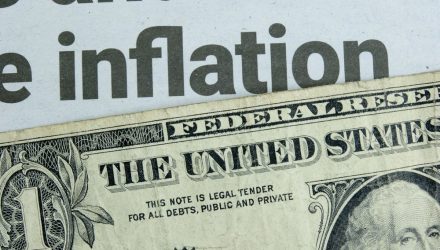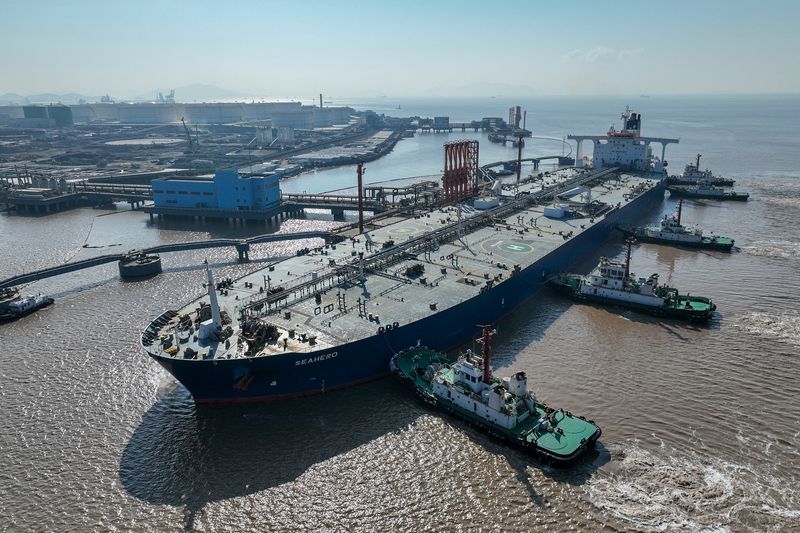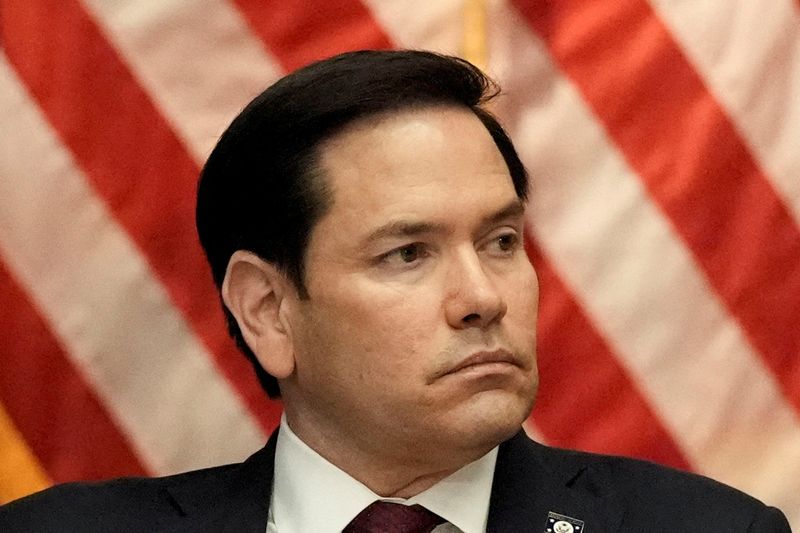First-quarter GDP tanked because there was so much panic-buying from other countries ahead of Trump’s tariffs rollout
Companies front-running April tariffs threw economic growth into reverse because of a quick in how the figure is calculated.

- U.S. importers rushed to stock up this spring at an unprecedented pace, bringing in goods before consumers had a chance to buy. That’s turned the first-quarter GDP estimate negative and sent markets panicking—but it’s not necessarily a sign of weakness, economists say.
The U.S. economy flipped into reverse during the first three months of the year as the Gross Domestic Product contracted at an annualized rate of 0.3%.
The culprit? Tariffs announced by President Donald Trump, whose timing led off a race to stock up among companies, which dragged down the GDP number.
But it’s not a sign of economic damage—yet. Rather, the negative number reveals a quirk about how gross domestic product, the sum total of all the economic activity in the country, is calculated.
“We rarely advise clients to ignore economic reports outright, but the advance Q1 GDP report comes close to falling into that category,” Capital Economics wrote in a research briefing on Tuesday.
GDP is calculated by adding up business investment, government and consumer spending and exports, and subtracting imports. Over the long run, subtracting imports doesn’t have an effect, Capital Economics explained. The negative imports show up as a positive number when a business puts the goods in its warehouse or a consumer buys it off the shelf.
But this is where timing matters. In the early days of Trump’s tariff announcements, companies rushed to get massive amounts of goods to the U.S., stockpiling items before consumers had the chance to buy them. That’s driven the GDP number into the negative.
Many companies front-ran their shipments even before Trump formally took office, causing the U.S. trade deficit to spike in December 2024. GM accelerated shipments from Mexico; food importers pulled in far more Italian Parmigiano-Reggiano than normal, and traders stocked up on steel, Reuters reported.
Trump quickly announced tariffs on steel and aluminum, threatened, then postponed, tariffs on Mexico and Canada, and, with his “Liberation Day” announcement, set off a 30-day deadline date for tariffs on most of America’s trading partners. He later postponed most of those taxes, too.
“Consumer goods imports are running 55% higher than a year ago, whereas retail spending data show sales of those goods aren't running anywhere close to that pace,” Capital Economics said.
The upshot is that, while the economic contraction from January to March looks dramatic, it doesn’t say much about what’s really going on.
“We are in unchartered waters,” Bill Adams, chief economist for Comerica Bank, said in a note. “Given the big changes in the economy in April, the first quarter’s GDP report says less than usual about the economy’s trajectory.”
Aside from trade, measures of consumer spending and business investment were fairly healthy, illustrating an economy slowing but not crashing. A 5% drop in federal spending, driven by the Department of Government Efficiency (DOGE), sent GDP lower than it would have been otherwise, but sales to domestic purchasers rose at a healthy 2.3% rate while stronger-than-expected business investment further pushed up the figure.
But with tariffs now in place and set to increase, a great deal of the spring activity is now evaporating. As of mid-April, shipments from China were nearly 30% lower than the year before, according to supply chain platform Project44.
“In two weeks time, arrivals will drop by 35%, as essentially all shipments out of China for major retailers and manufacturers has ceased, and cargo coming out of Southeast Asia locations is much softer than normal,” Gene Seroka, executive director of the Port of Los Angeles, said last week.
That means that, while this quarter’s economy looked much worse on paper than it was in reality, the opposite will likely be true in coming months.
“[T]he U.S. economy was not close to recession in the first quarter,” PNC Chief Economist Gus Faucher said in an email to Fortune. “But consumer and business sentiment have fallen rapidly since President Trump’s announcement of big increases in tariffs, and inflation is set to pick up even further as tariff hikes work their way into prices.”
“The higher the tariffs are, the longer they remain in place, and the greater the uncertainty surrounding them, the greater the probability of recession,” he said.
This story was originally featured on Fortune.com
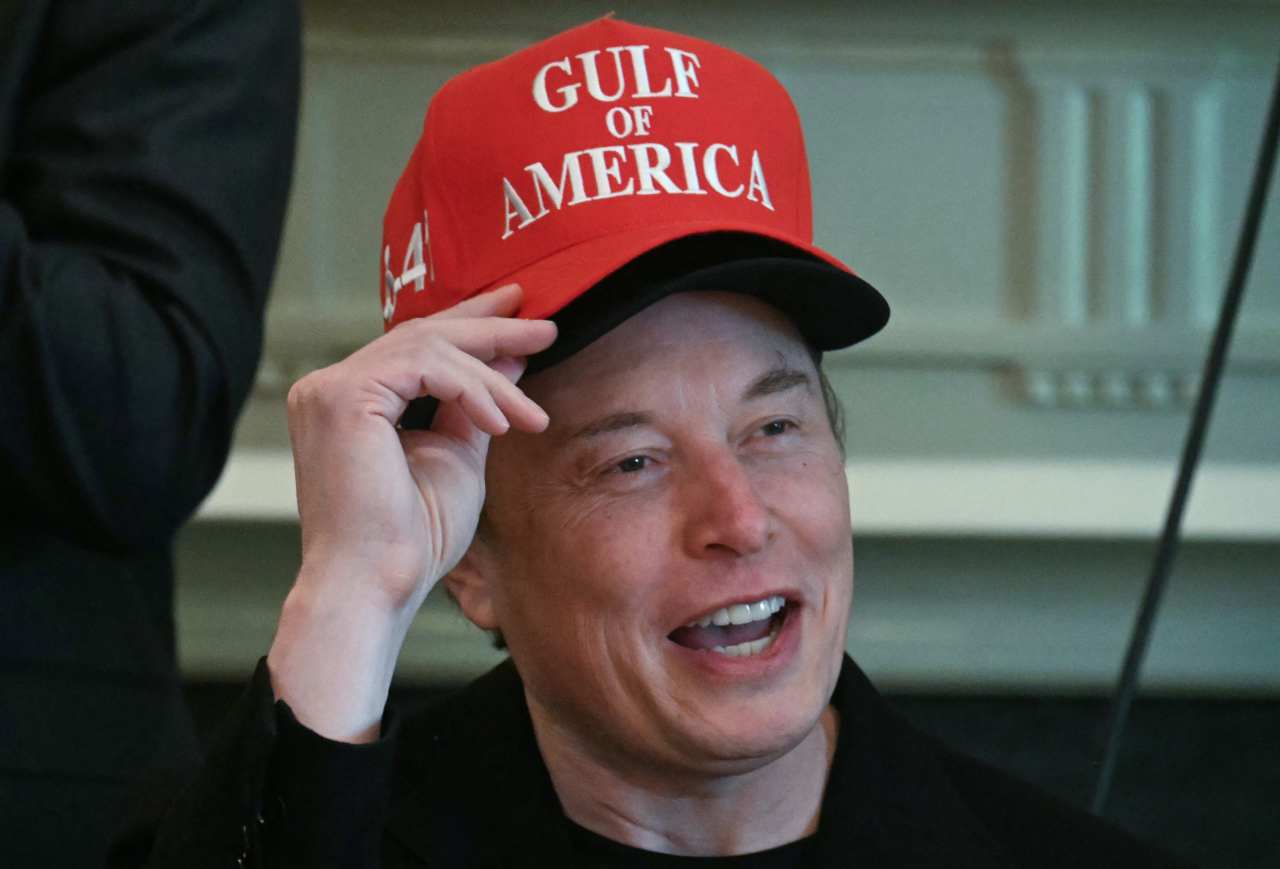



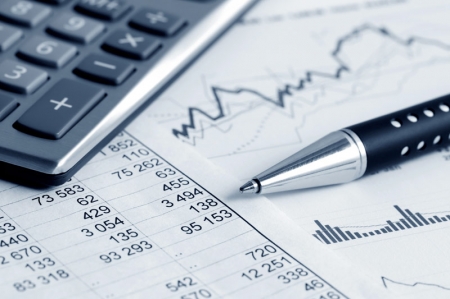
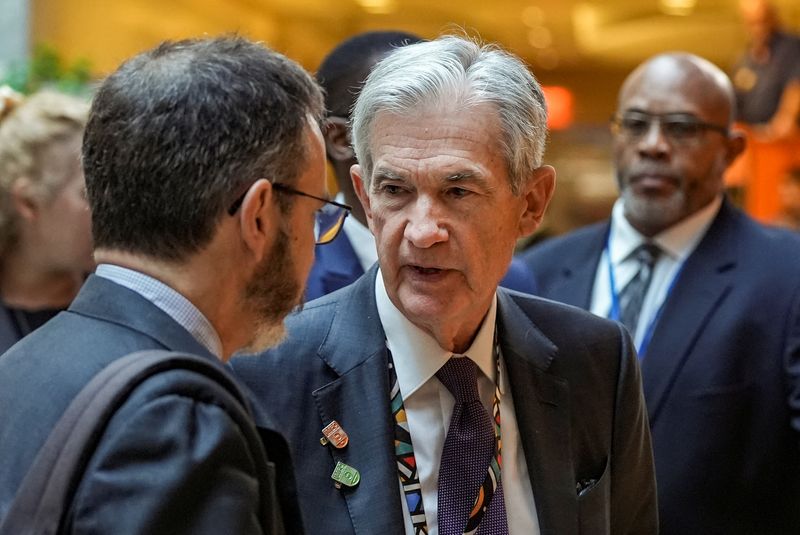
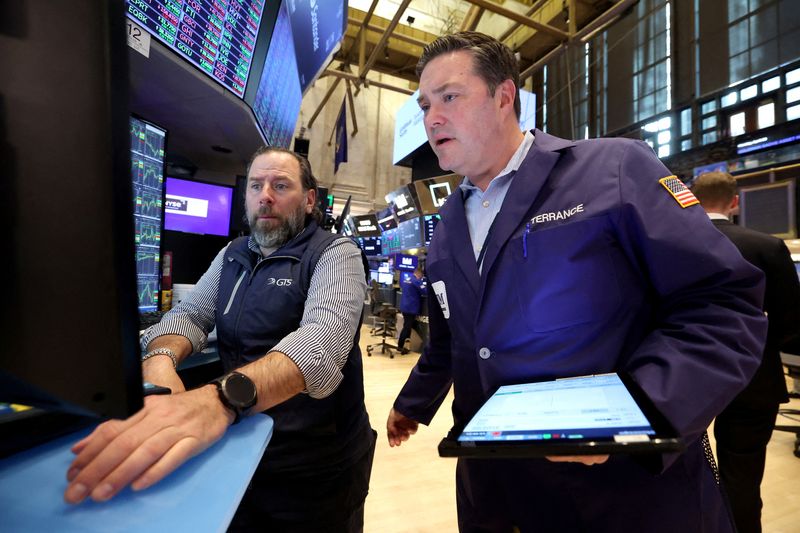
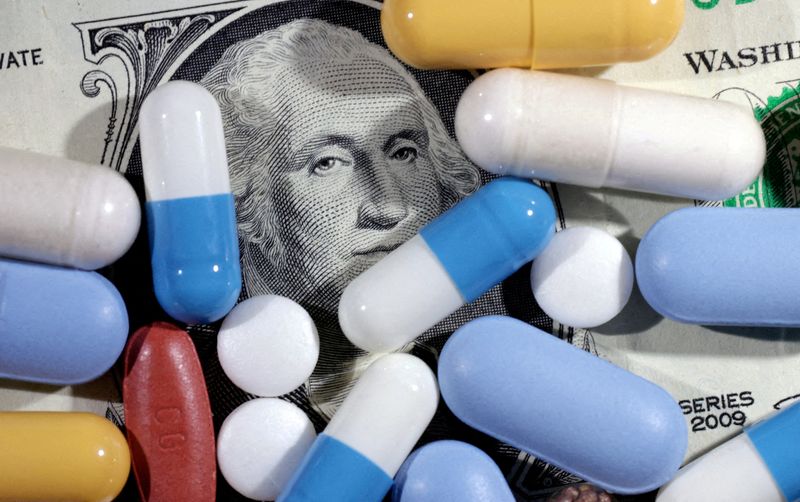













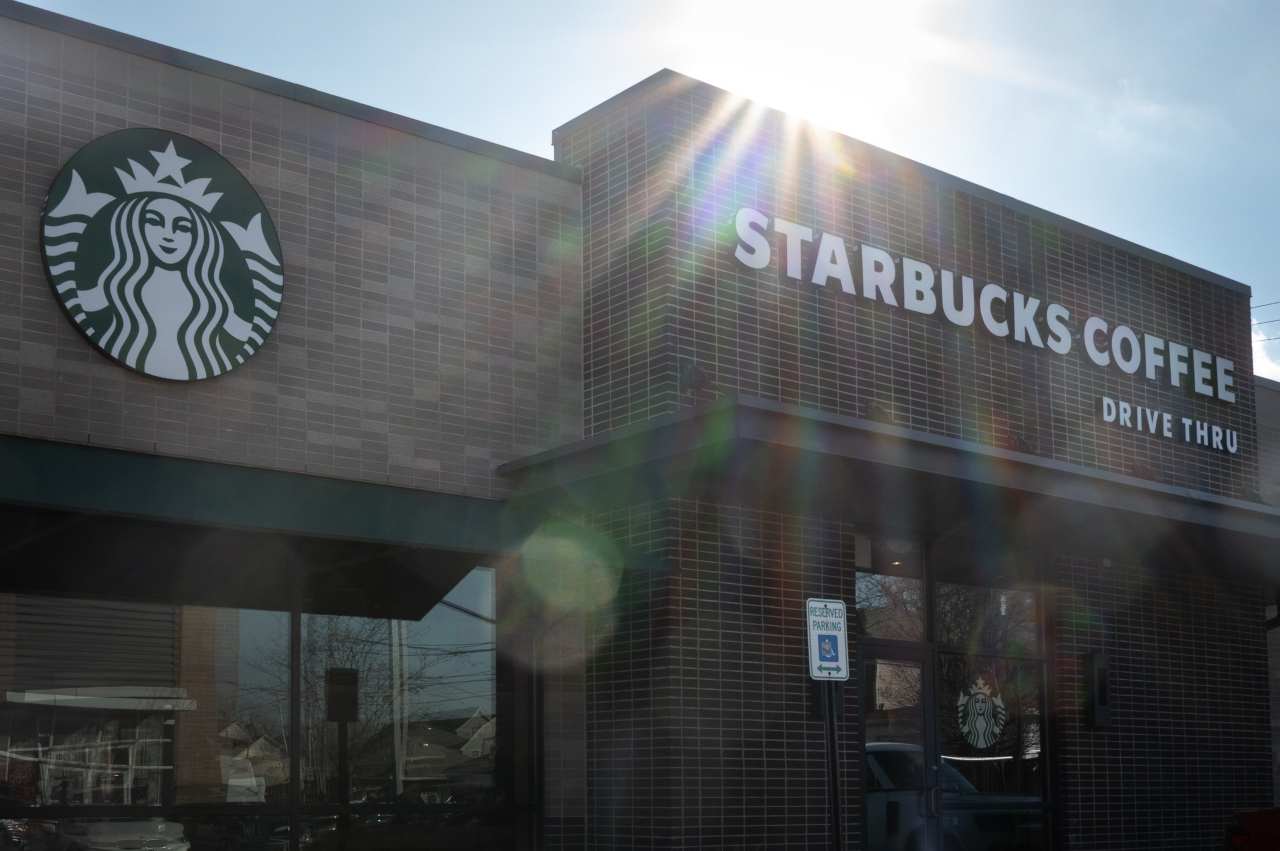
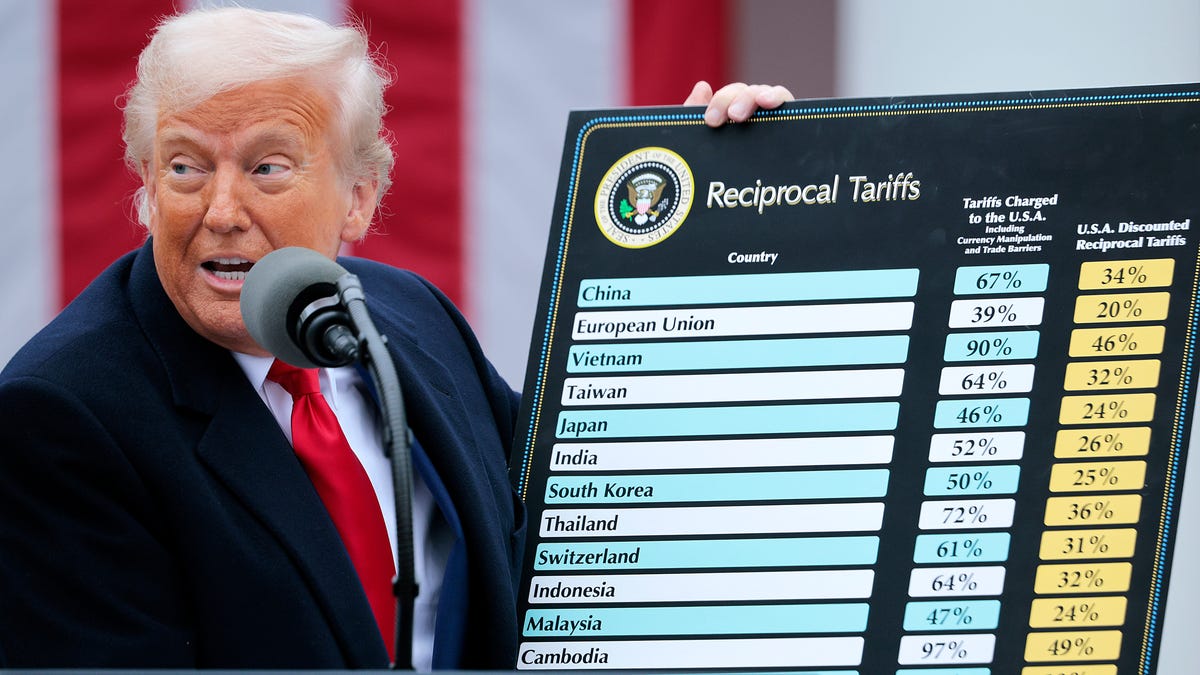
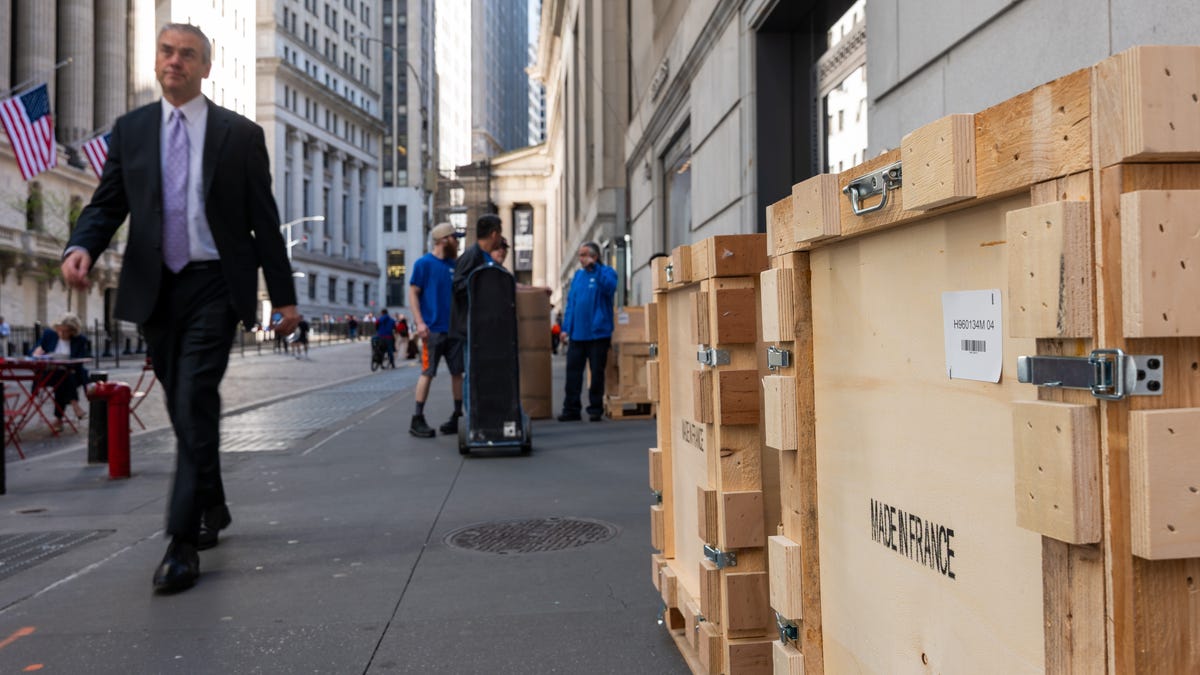
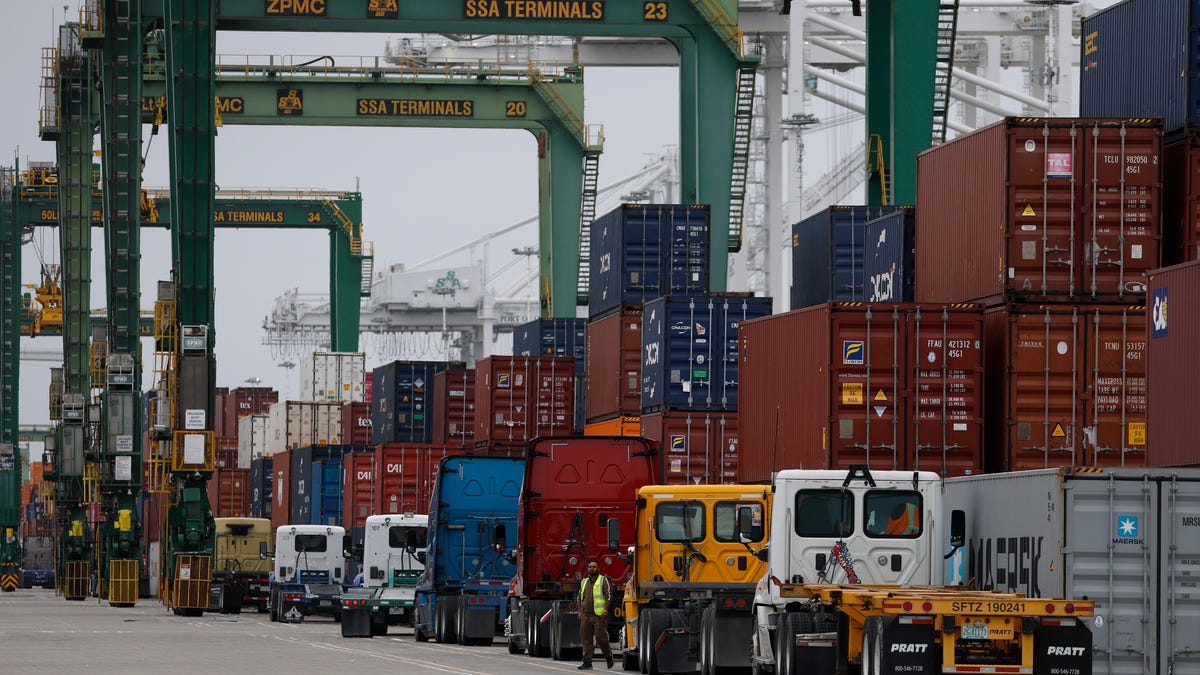
















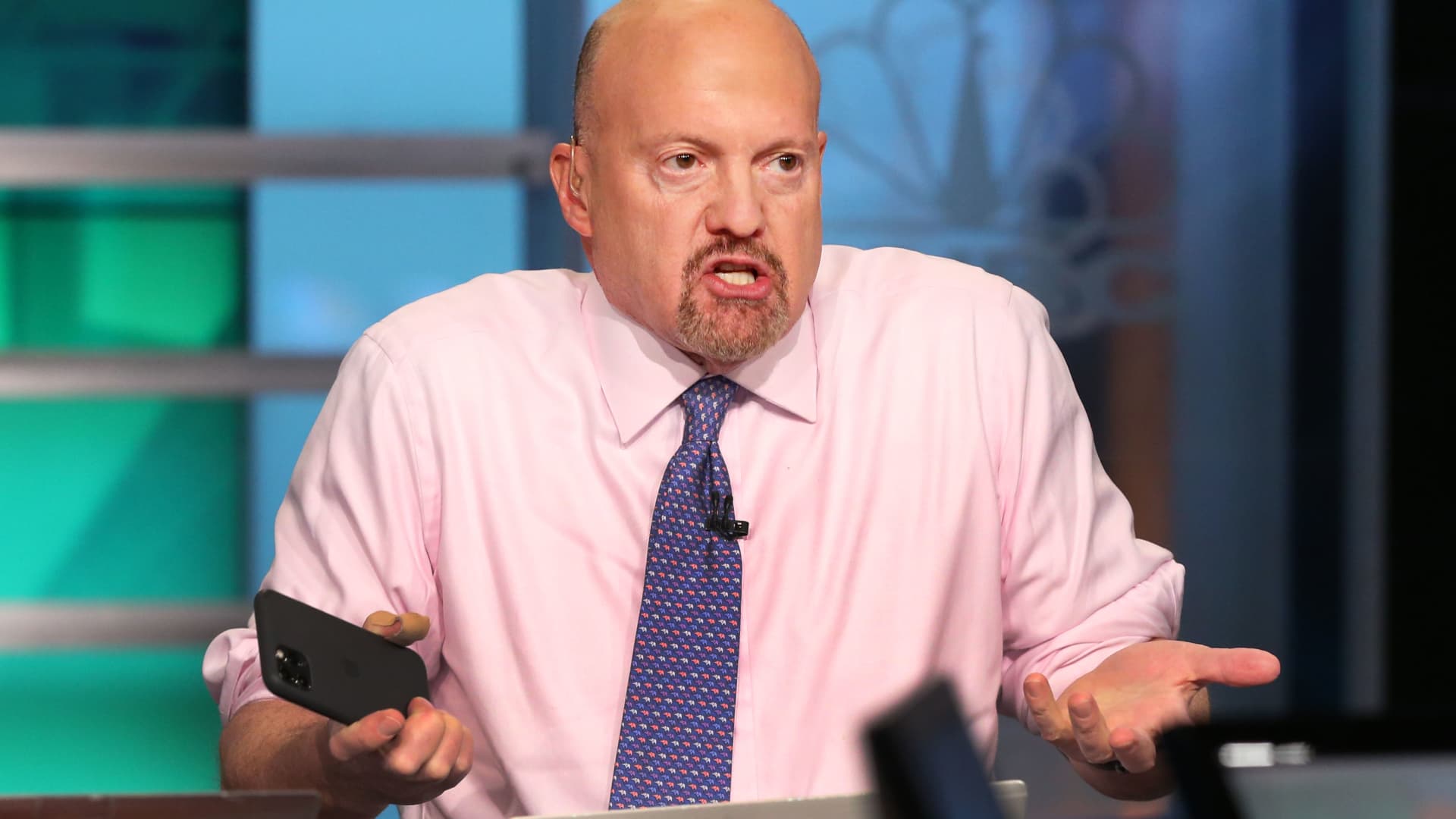






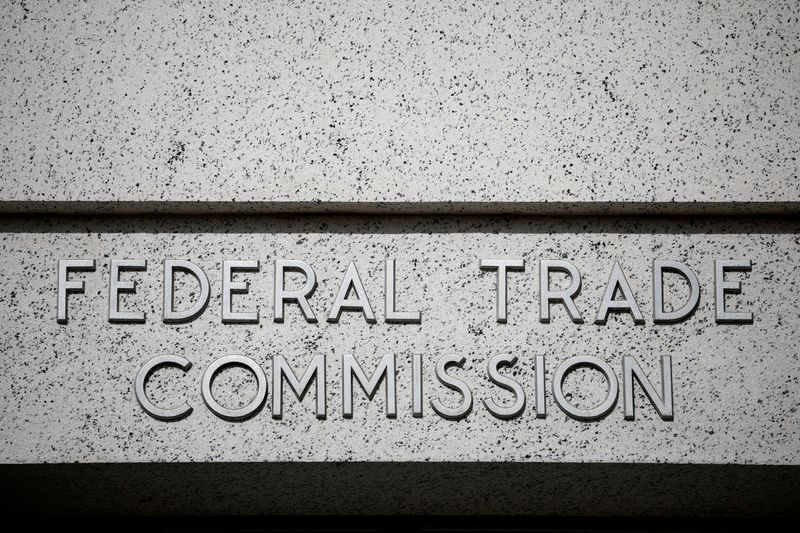
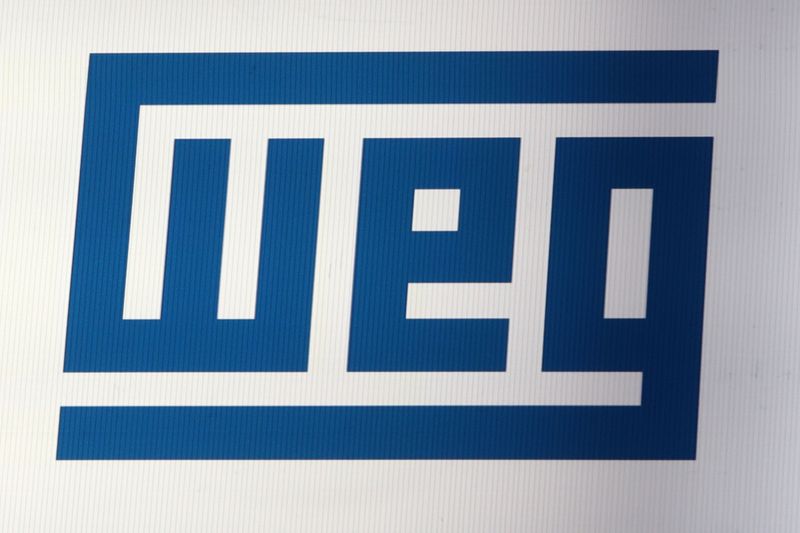
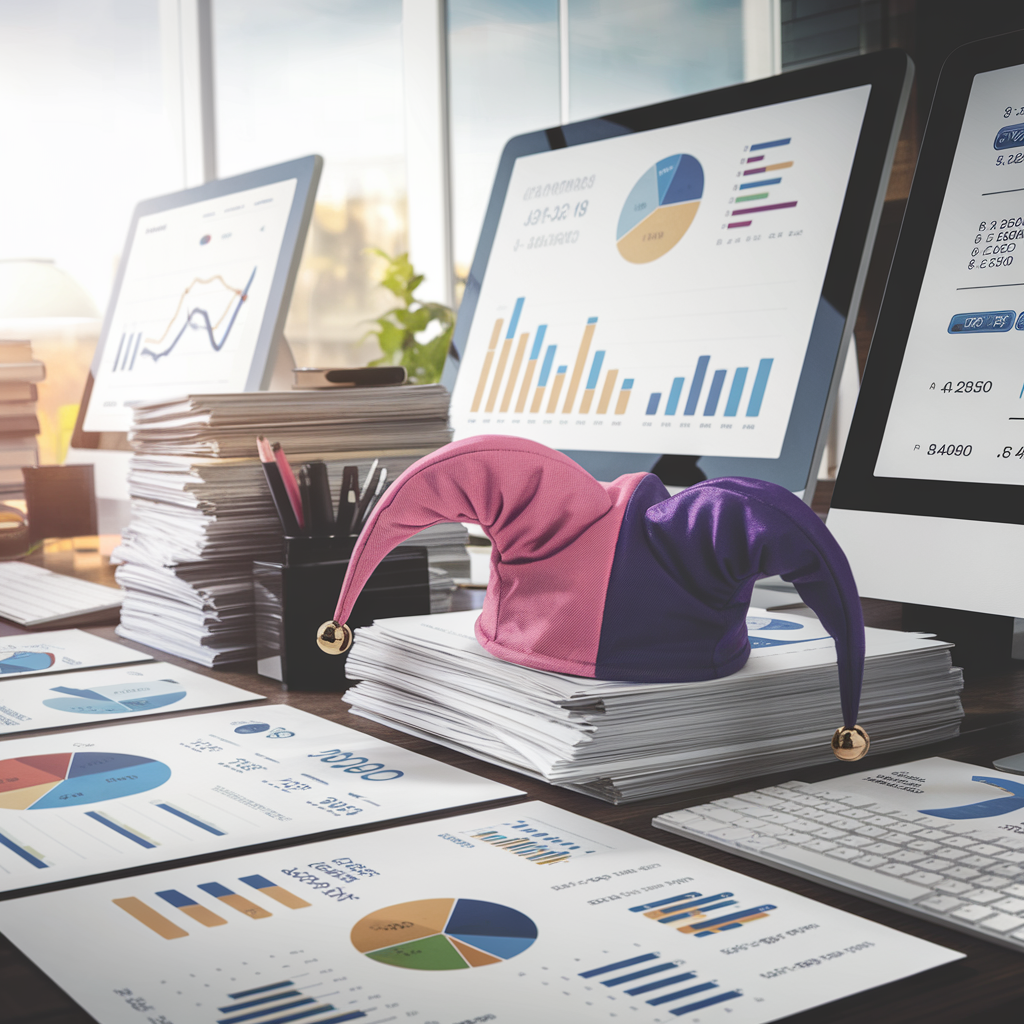



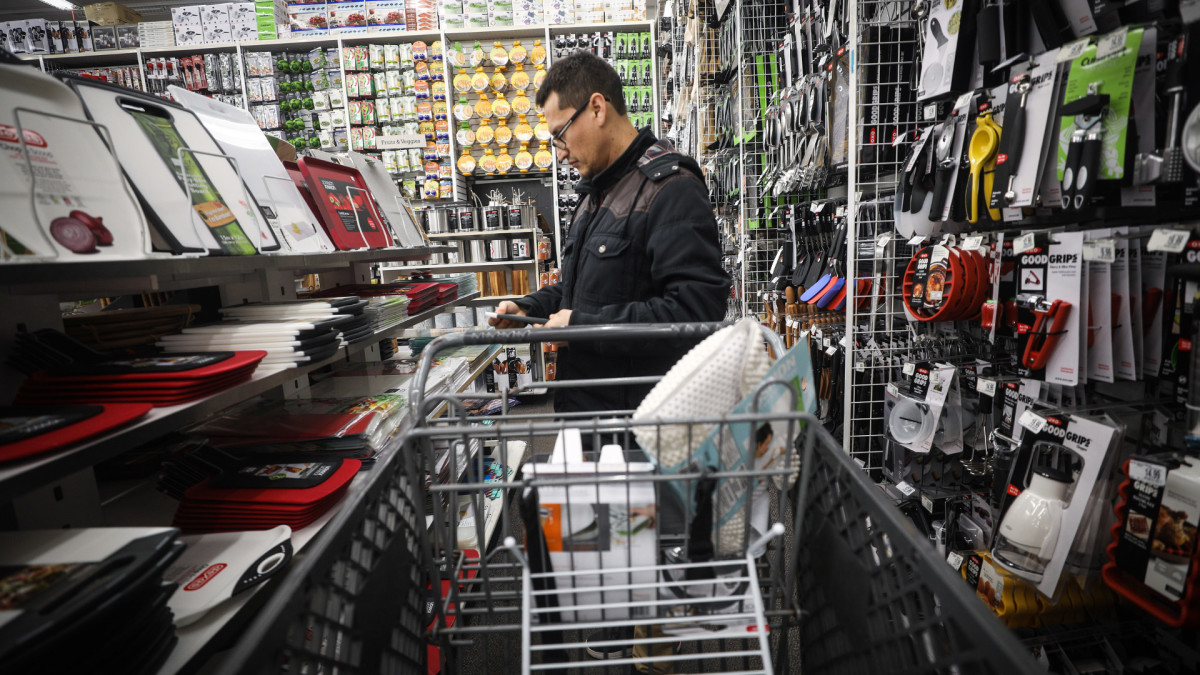











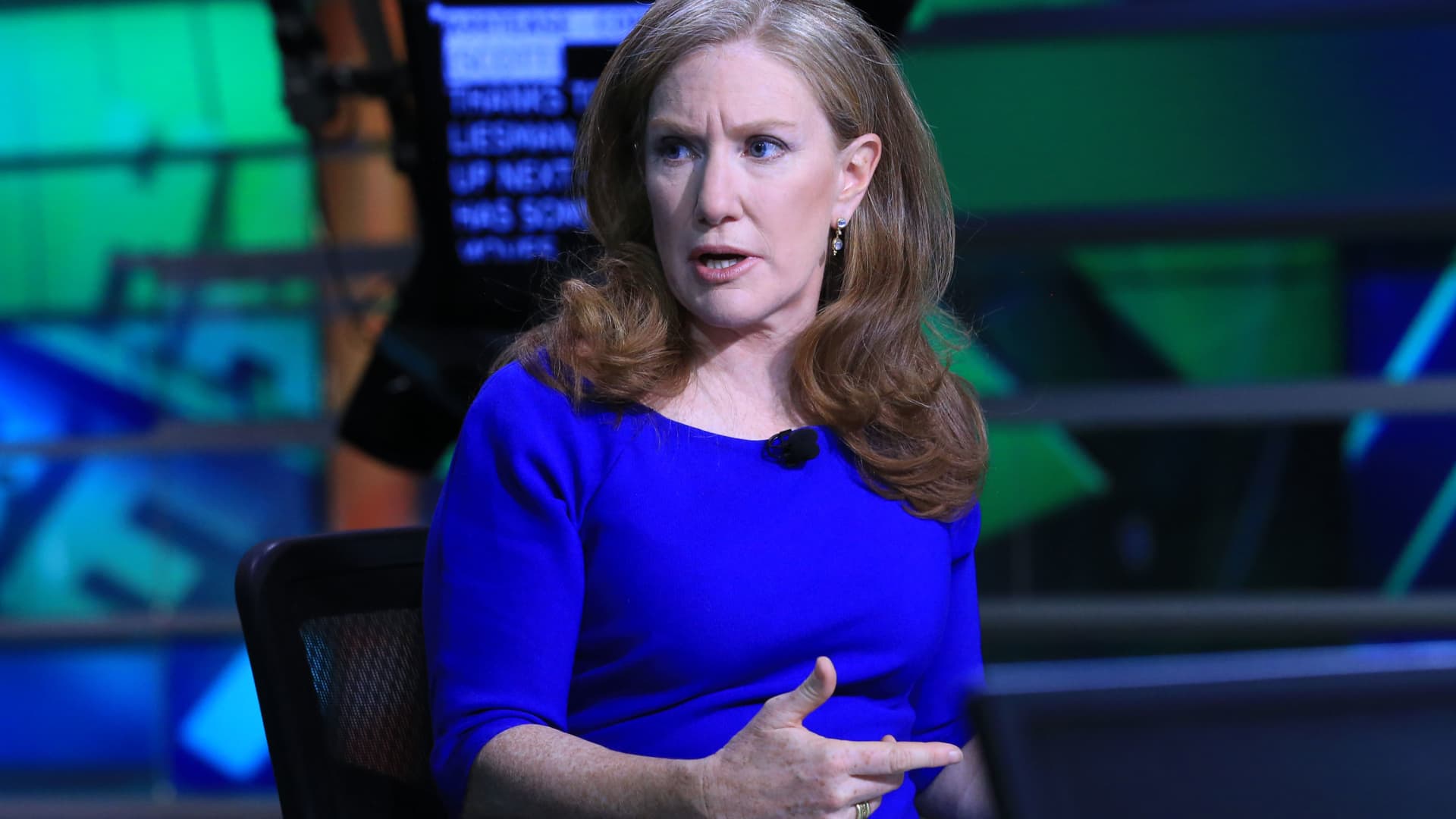


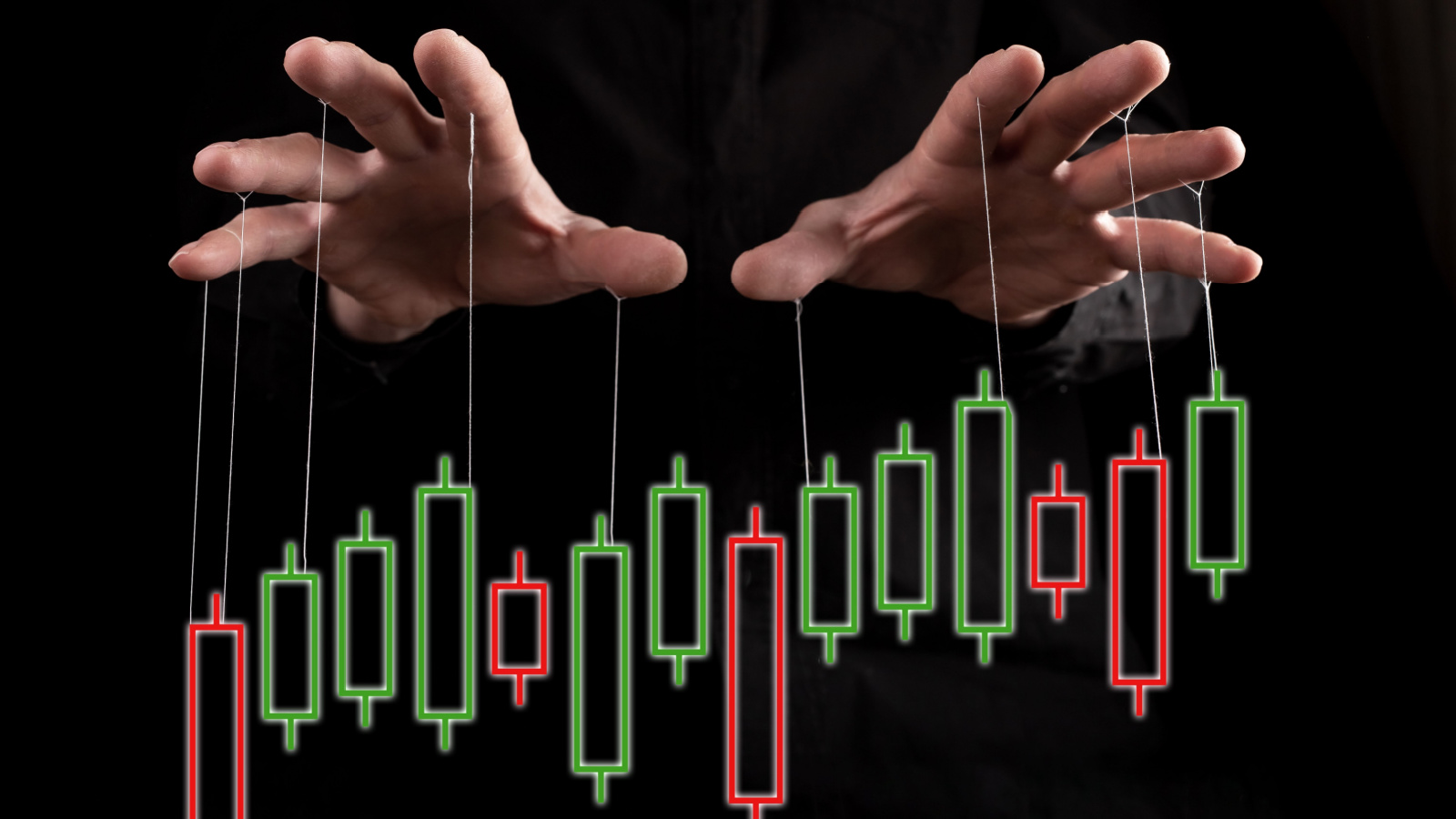










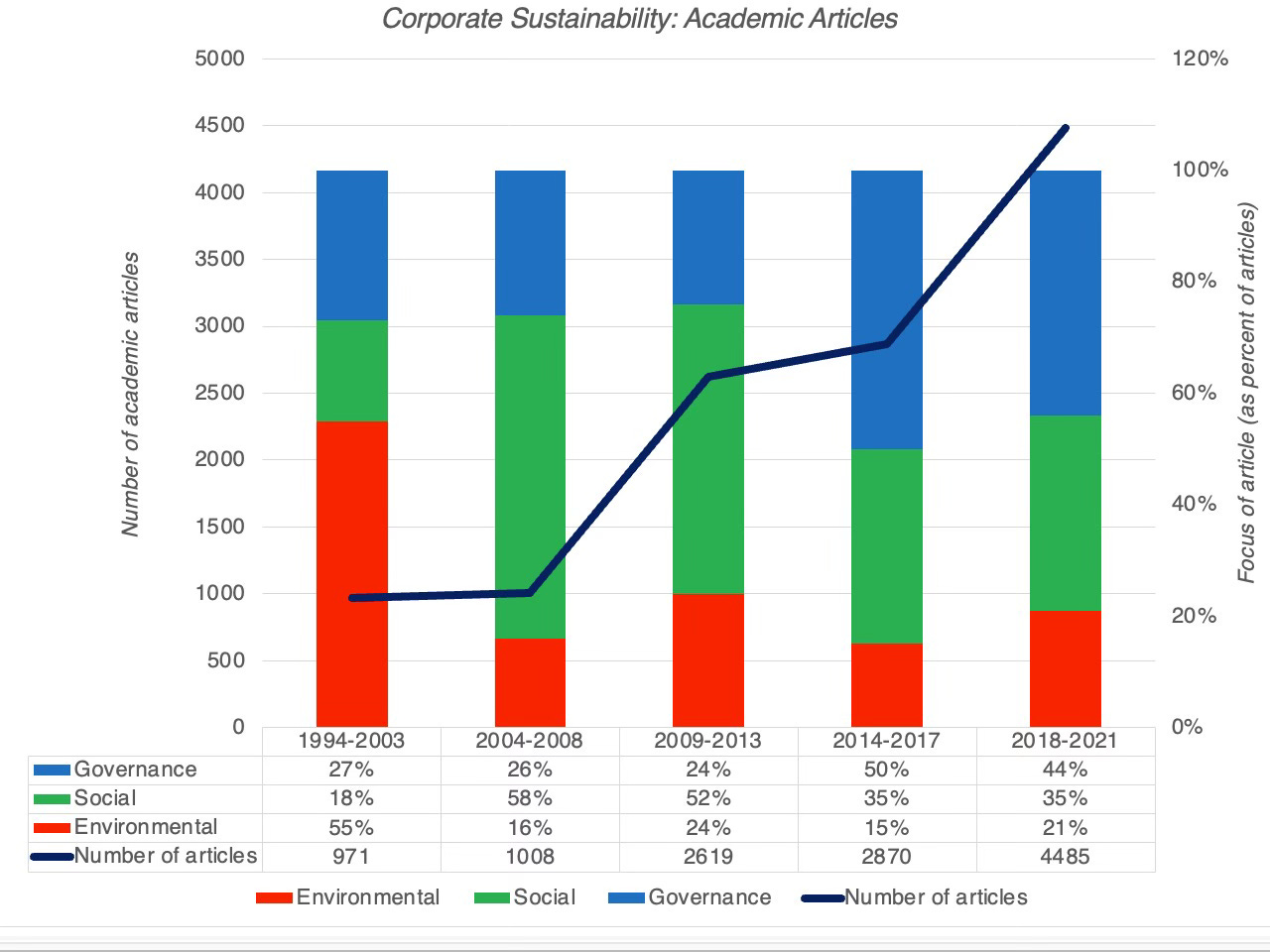



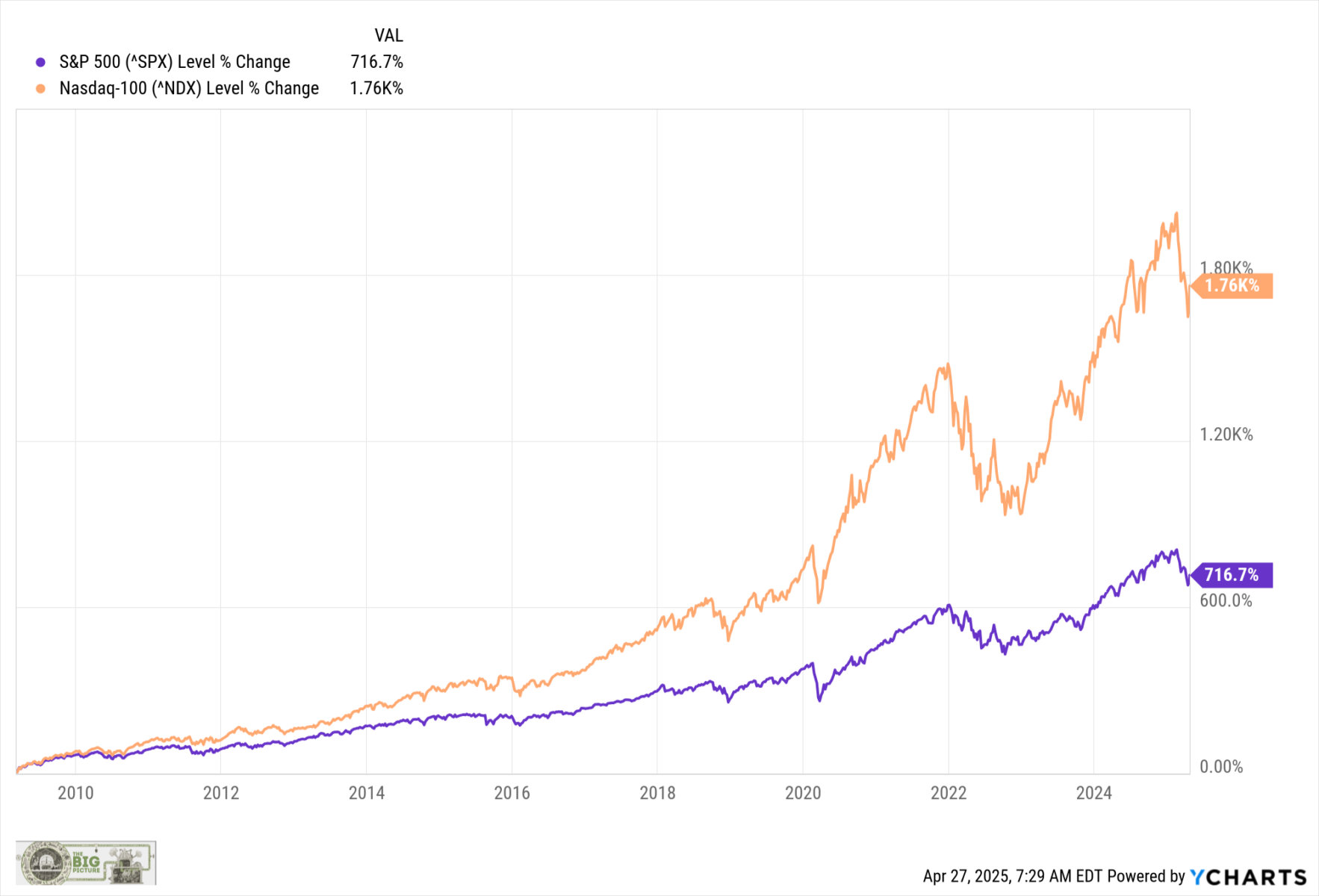

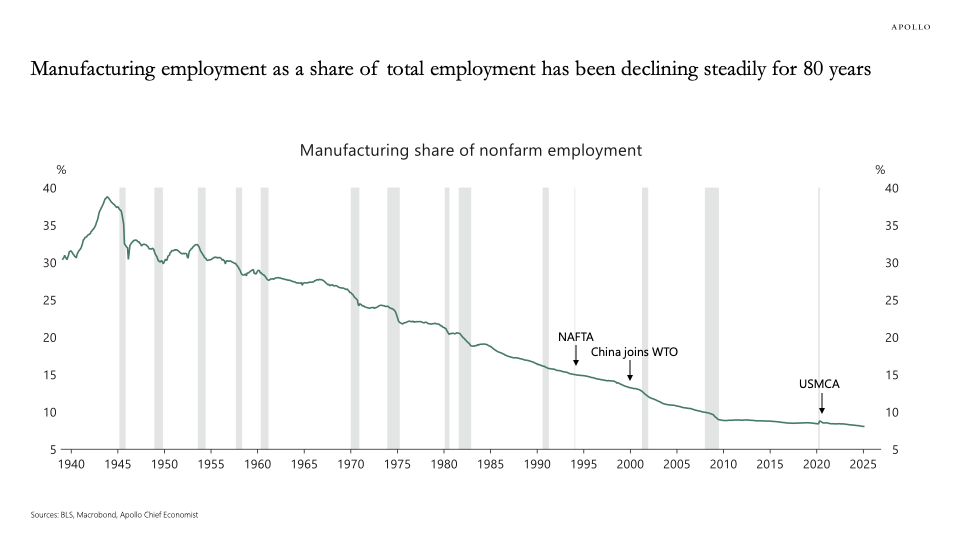





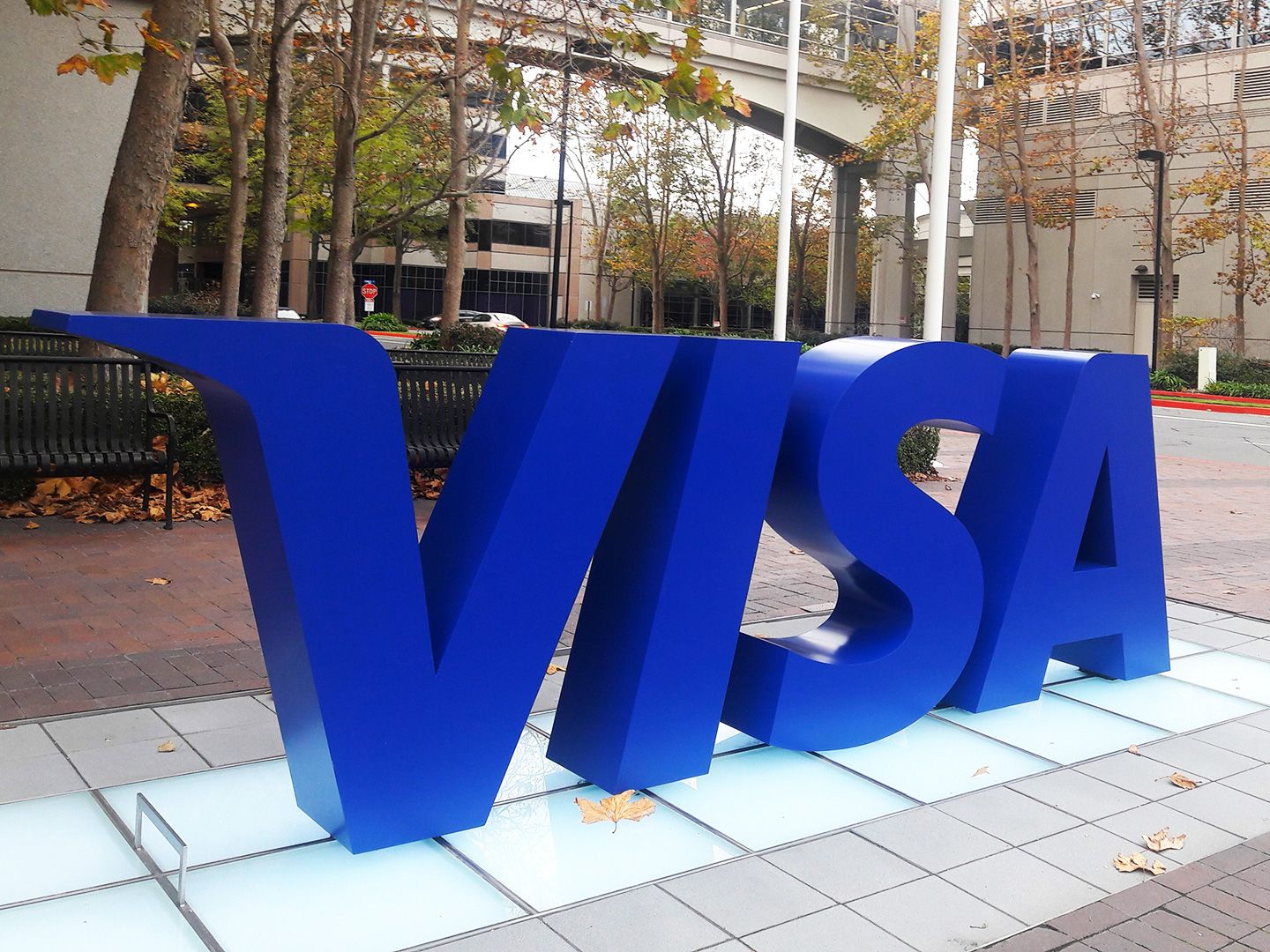
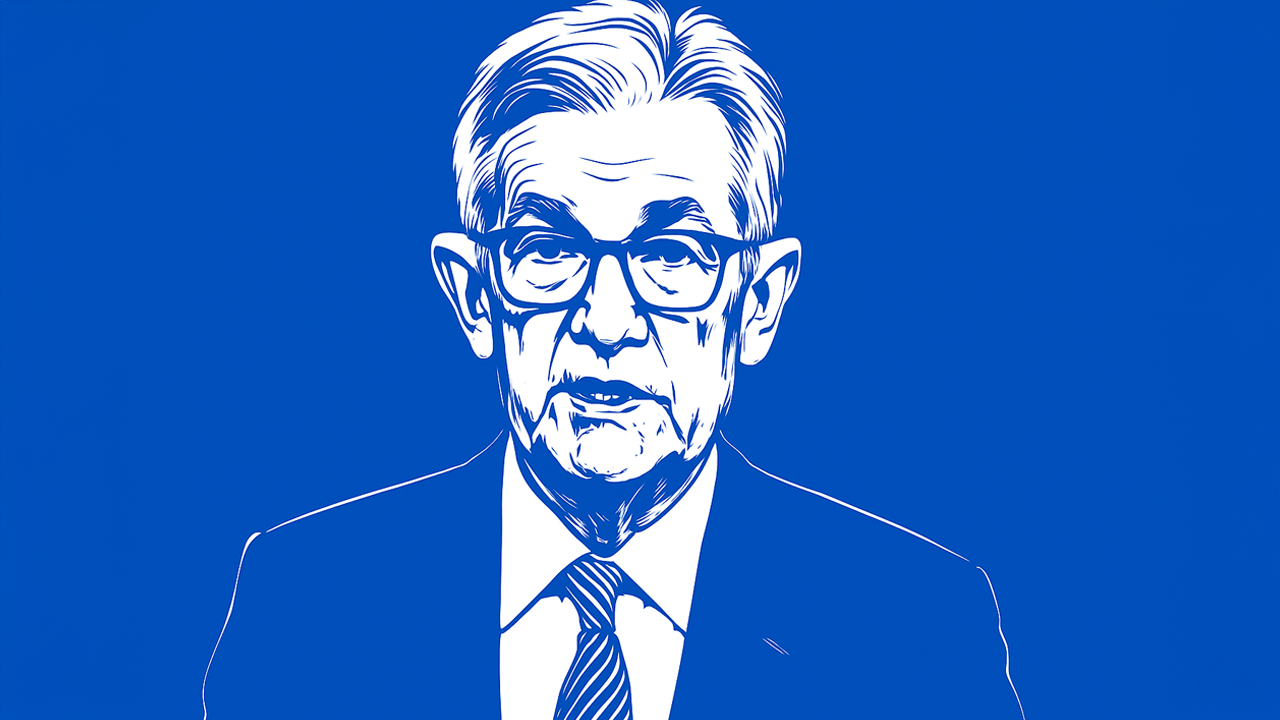








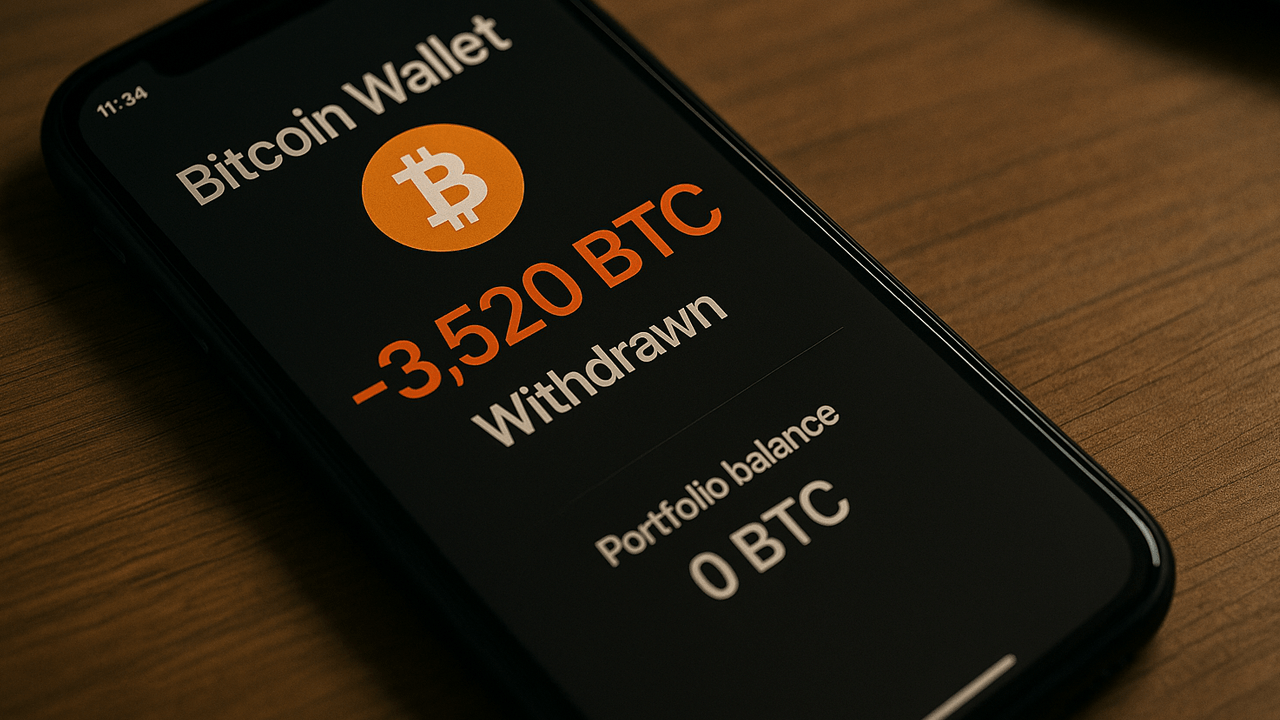




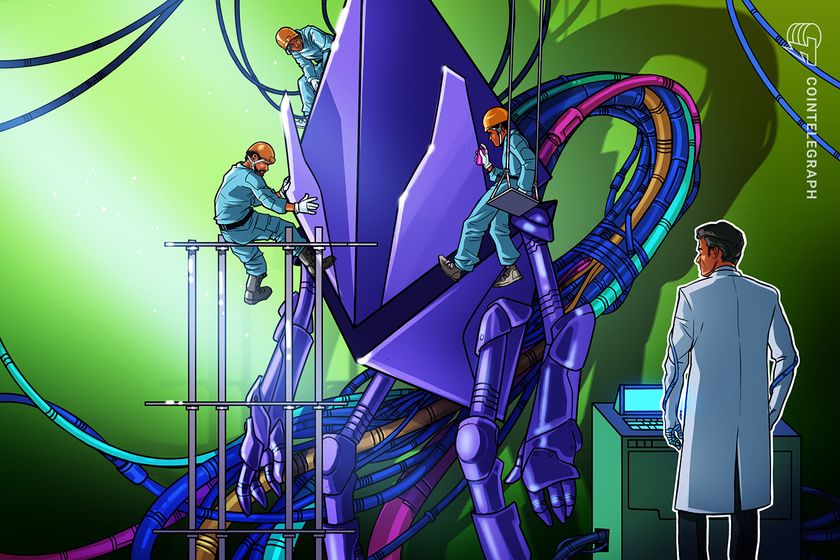











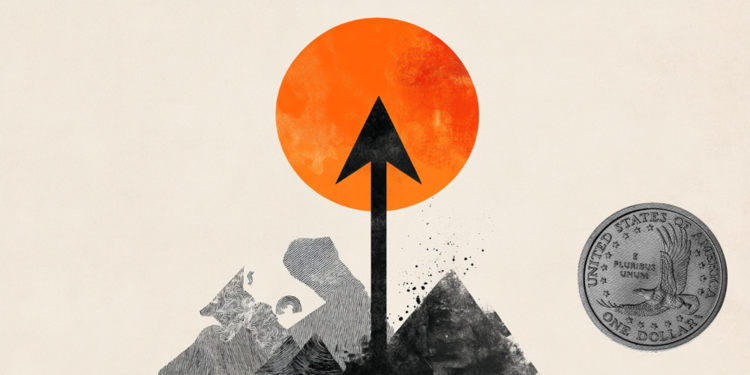





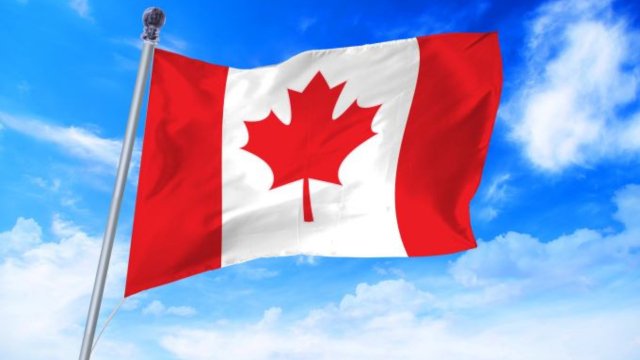


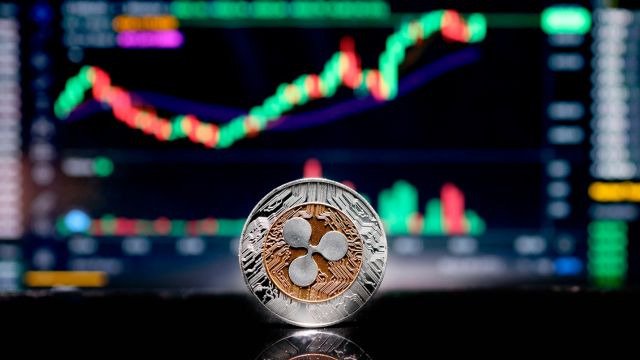




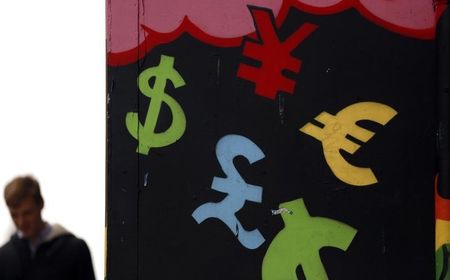
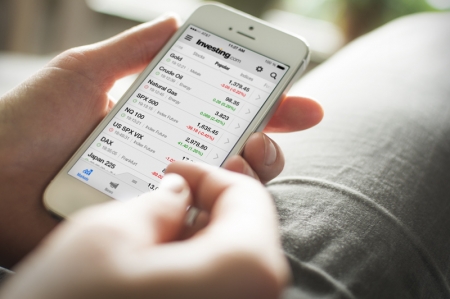
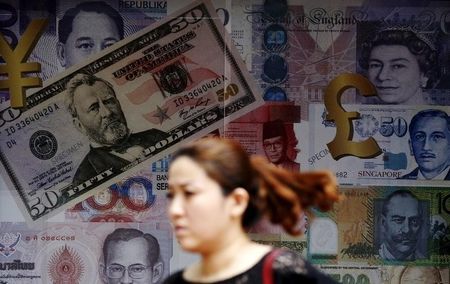
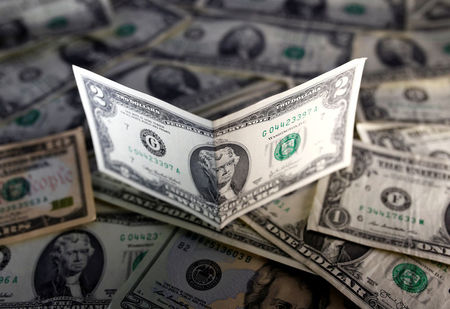





-logo-1200x675.png?v=20240521153233&w=240&h=240&zc=2)





